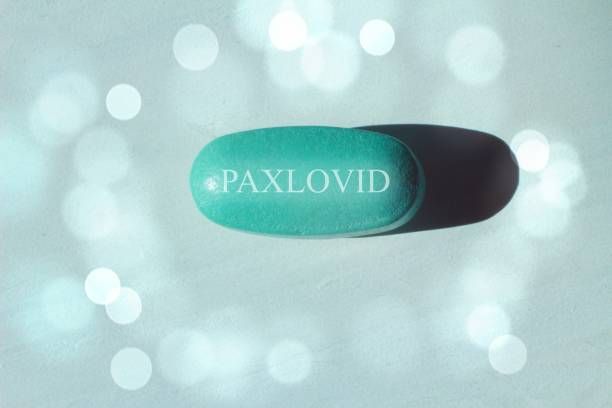Image credit: Studio Romantic, stock.adobe.com

Defined by researchers as a simplification of the vaccination process, they agree that the further overall vaccine access increases, the more eligible patients will actively seek immunization. With the COVID-19 pandemic serving as a prime example of patients independently seeking out vaccination, the authors believe that an infrastructural change in health care can result in patients being more comfortable and informed in making immunization decisions.
“Vaccines against diseases such as herpes zoster, pneumococcus, and influenza are broadly recommended for older adults, but uptake is frequently low,” wrote authors of a study published in the Annals of Medicine.1 “Part of the reason may be that access to adult vaccination can be problematic, particularly for minorities and other underserved populations. Potential barriers include complex procedures, limited resources in health care systems, and lack of structured infrastructure.”
As declining vaccination rates have been nothing new to public health efforts in the US, it has since been proven that the COVID-19 pandemic of 2020 and beyond played a significant role in future immunization efforts. Indeed, Human Vaccines & Immunotherapeutics researchers found that the pandemic had a “significant and sustained impact on routine vaccination programs and public health.”2
While the full extent of the pandemic’s impact on vaccination rates is still being understood, there has already been some correlation with the onset of the pandemic and future vaccination rate projections. According to study researchers, US patients over 50 are projected to experience a 36% increase in influenza cases, 32% increase in pertussis cases, 31% increase in herpes zoster cases, and 64% increase in pneumococcal disease cases in the next 30 years.1
Researchers prefaced their review by discussing the ongoing public health challenges regarding vaccination that have persisted both before and after the pandemic. They were also sure to touch on the expanded vaccination efforts conducted during the COVID-19 pandemic, ultimately attempting to highlight how the pandemic’s vaccination initiatives can serve as a precursor for improving vaccine access in the future.
“These studies suggest that expanding adult vaccination access to new providers and/or new settings will require development of an integrated plan for preventive health care, covering areas such as setting target coverage rates, financial support, and development of immunization information systems accessible to all vaccination providers to maintain accurate immunization records and support interventions such as reminders,” continued the authors.1
With the COVID-19 pandemic serving as a significant example of rapid immunization expansion efforts in recent history, researchers believed vaccination successes during the pandemic can be applied to alleviate future vaccine disparities for other illnesses. And while expanding all aspects of public health may be crucial for keeping populations continuously healthy, it’s important to expand access to the people and locations that administer each vaccine.
What You Need to Know
Investigators emphasize that expanding vaccination access to diverse providers and settings—such as pharmacies, drive-through centers, and community-based clinics—can help address disparities in vaccination uptake, particularly among underserved populations.
The COVID-19 pandemic demonstrated the feasibility of rapidly expanding vaccination programs, with wider authority granted to pharmacists and the establishment of non-traditional vaccination sites like sports stadiums.
Declining vaccination rates and projected increases in disease incidence among older adults underline the importance of long-term public health infrastructure improvements.
“[The pandemic] resulted in widespread expansion of the settings and practitioners who could provide not only COVID-19 vaccination, but education. Pharmacists were granted wider authority in many countries, including COVID-19 testing and vaccine administration,” they wrote.1 “The expansion of vaccination access in response to COVID-19 included many other settings as well as pharmacies. Drive-through vaccination centers in locations such as sports stadia enabled large numbers of individuals to receive COVID-19 vaccination without having to leave their vehicles.”
As efforts to expand vaccination rates across the world are noticeably continuing regardless of the lasting impacts of the COVID-19 pandemic, researchers agree that public health experts should use recent history as a model for how to improve future health systems. Despite state and federal government intervention for COVID-19 vaccination being temporary, it might be beneficial for various populations to consider implementing new systems for increasing vaccine access.
“The response to the COVID-19 pandemic required rapid expansion of adult vaccination and proved that expansion of vaccination access to many new providers and settings, including those with a primary focus both inside and outside health care, can be done successfully. Both adult vaccination and education could feasibly be extended to a range of new providers and settings on a more permanent basis,” concluded the authors.1






